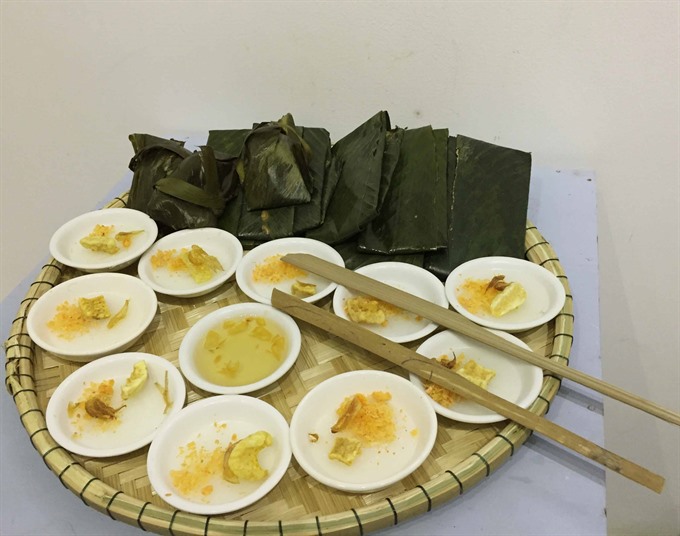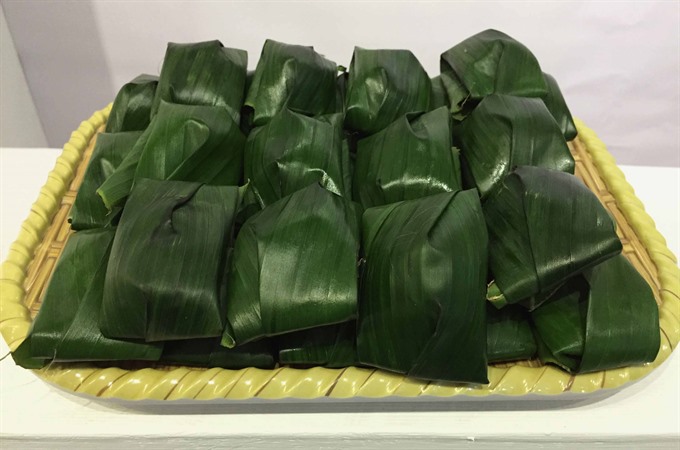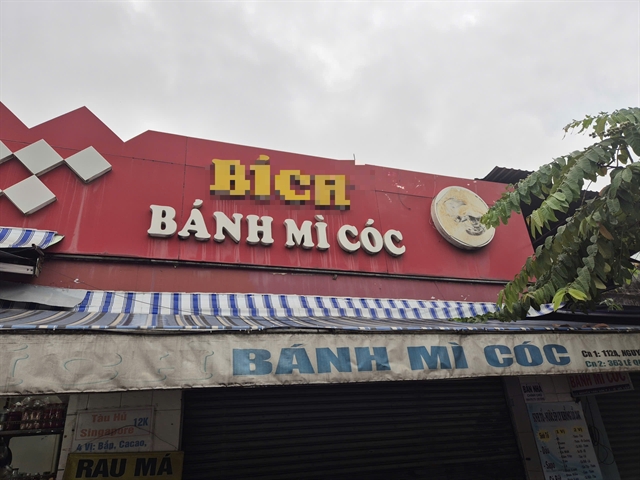 Life & Style
Life & Style

Local authorities in Huế have the ambitious plan of developing the city into the gastronomy capital of Việt Nam to boost tourism.
 |
| Cake time: Bánh bèo, bánh nậm and bánh lọc. These three treats are most popular for late afternoon meals in Huế. VNS Photo Phước Bửu |
Phước Bửu
THỪA THIÊN-HUẾ — Local authorities in Huế have the ambitious plan of developing the city into the gastronomy capital of Việt Nam to boost tourism.
Technically, the former imperial capital city of Huế is already the capital of Vietnamese gastronomy as it serves almost 1,700 of the country’s 3,000 dishes.
Local authorities and researchers, however, want a formal recognition, which will make Huế famous as the “city of food.”
The People’s Committee of Thừa Thiên-Huế Province, which includes Huế, recently announced a plan towards this end. Under the plan, authorities will work to build trademarks for prominent Huế dishes as well as create signatures for Huế food in general.
They will also put up signature boards at restaurants and eateries serving authentic Huế dishes for easier recognition by tourists.
Meanwhile, the local tourism sector has created tour programmes for local cuisines, with the focus on street food, dishes made from ingredients taken from lagoons, folklore-styled and royal-styled main courses as well as Huế vegetarian food.
The itinerary will help visitors explore gardens growing fresh vegetables and witness the selection of ingredients in traditional markets as well as the cooking process.
According to Nguyễn Văn Phúc, deputy director of the local Tourism Department, the sector is working with a giant tourist operator from HCM City to build a museum for Huế food.
“Building a museum for Huế gastronomy is a must. We expect it to function perfectly for conservation of local food as well as to offer cuisines to visitors,” Phúc said.
He added that the local authorities were revoking a wide plot of land at the centre of the city to set up the proposed museum. “It will have a space for study and showcasing the food, a space for dining and a space for visitors who want to join the chefs in making the food,” Phúc said.
The investor and local tourism department are working with experts and researchers across the country for documenting local dishes as well as their authentic ingredients and recipes.
In the meantime, Huế University of Tourism has proposed the construction of a culinary centre, which will showcase Huế’s vast culinary variety as well as provide vocational training to students.
Nguyễn Thị Thanh Nga, a lecturer who was involved in the proposal, said the centre would allow interactive communication between the cooks and visitors who want to have a deeper knowledge of Huế cuisine.
Every activity at the centre will be communicated in Vietnamese, English and French.
According to Nga, a survey of the university shows that 87 per cent of people questioned approve the setting up of the culinary centre, which will provide more motivation for the university to build it.
Meanwhile, cultural experts want a title recognising the heritage of Huế dishes. Lưu Trần Tiêu and Đặng Văn Bài, two members of the country’s heritage committee, have urged the Huế Monuments Conservation Centre, a local government body managing relics built by the Nguyễn Dynasty (1802-1945) in the city, to make a profile for the recognition of Huế food as an intangible national heritage item.
Huế has many documents transcribed with hundreds of recipes of local food, including royal recipes.
“We want Huế dishes to be recognised as national heritage first and will target a UNESCO status later. The culinary values of Huế deserve a tag,” said Bài at a recent workshop in the city on preserving the dynasty’s relics.
Huế natives across the country and in other cities around the world have supported the idea of conservation and showcasing of Huế’s gastronomy as the city does not have a decent venue to taste its food.
Some dishes are already losing their original flavour and are fading into oblivion.
To Huế natives, eating is not just to satisfy hunger, but is seen as one of the many joys of life. Huế dishes are renowned for their taste, nutritional value, harmony of yin-yang elements in each dish as well as their good appearance.
Local Huế women are highly praised for their dedication and cooking skills. — VNS
 |
| Sticky treat: Black bánh ít, a sweet candy wrapped in banana leaves and served as a dessert item. VNS Photo Phước Bửu |
 |
| Sugar rush: A sweet feast prepared by artisan Hoàng Anh, a native of Huế living in HCM City. Photo Hoàng Thùy |




